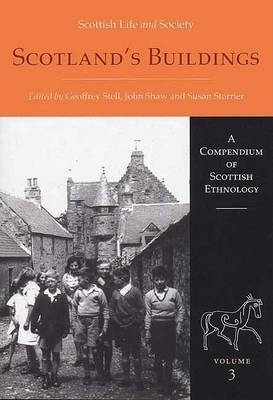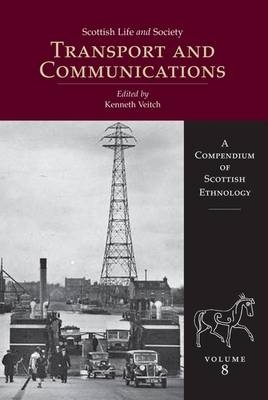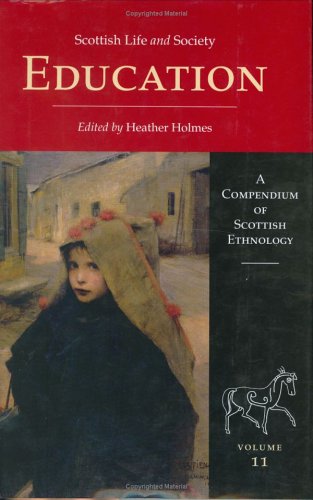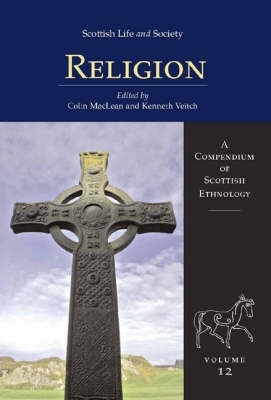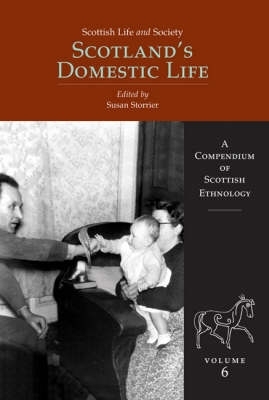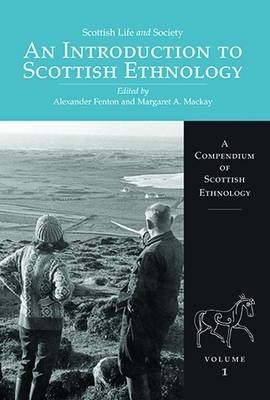A Compendium of Scottish
10 total works
Scottish Life and Society Volume 3
Scottish Life and Society Volume 9
Scottish Life and Society Volume 8
Dependence on rural products was gradually reduced by imports and by preservation techniques, - canning, refrigerations, etc, - which have facilitated the consumption of foods from any part of the world, at any season. The apparent monotony of the past diet is now replaced by an embarrassment of choices, in which health considerations play a considerable role.
Scottish Life and Society Volume 10
This volume acts an ethnographic source in its own terms - drawing together details and insights regarding phenomena such as the Folk Revival of the 1950s and the collection and collectors of 'folk' stories and songs. The impressive range of this volume demonstrates the many ways in which Scots have communicated and continue to communicate with each other regarding the local and national and the communal and the intimate concerns of yesterday, today and tomorrow.
Scottish Life and Society Volume 7
Scottish Life and Society Volume 11
Scottish Life and Society Volume 12
Scottish Life and Society Volume 6
